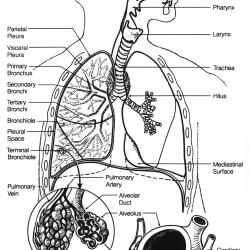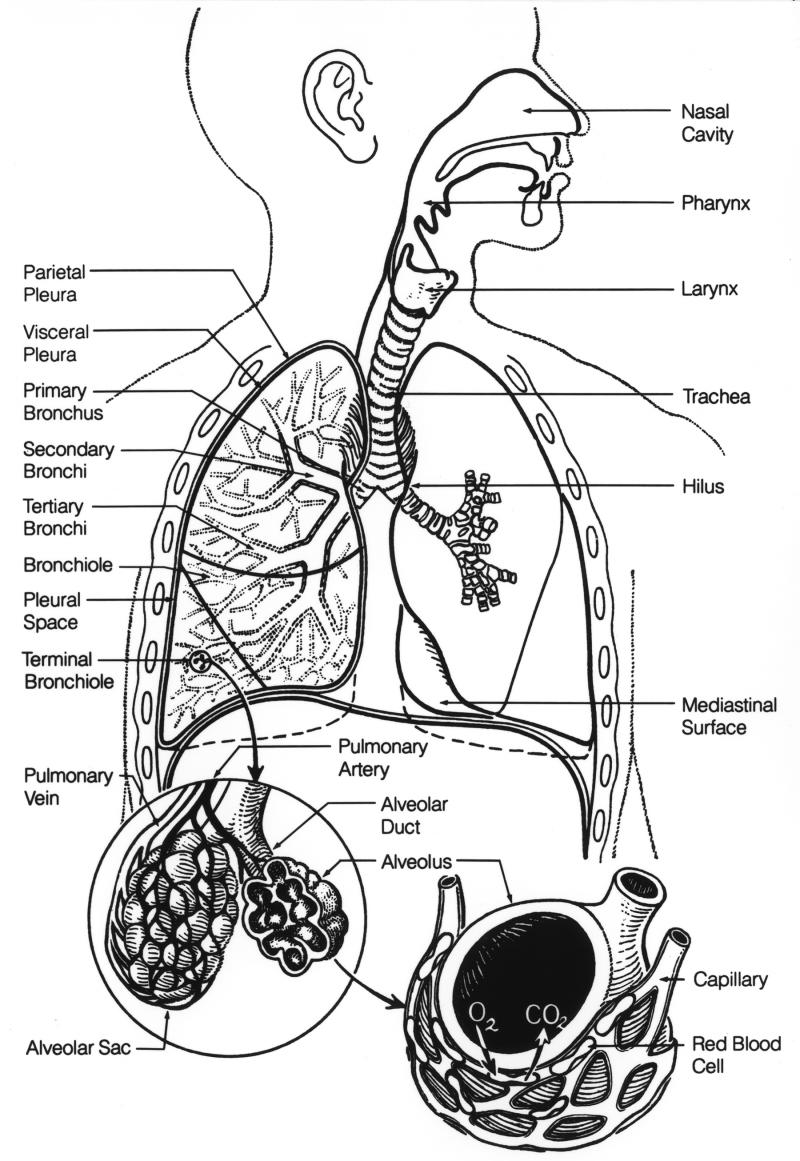To help detect or rule out a Mycobacterium tuberculosis infection in pleural fluid in order to assist in the diagnosis of tuberculosis; rarely to detect the infection in other body fluids such as peritoneal fluid or cerebrospinal fluid (CSF)
Adenosine Deaminase
When a doctor suspects that someone with chest pain, coughing, and/or difficulty breathing has tuberculosis that has spread from their lungs to the pleurae (lining around the lungs)
A volume of pleural fluid is collected by a doctor using a procedure called thoracentesis; other body fluids are collected using other procedures
None required
-
How is it used?
The adenosine deaminase (ADA) test is not a diagnostic test, but it may be used along with other tests such as pleural fluid analysis, acid-fast bacillus (AFB) smear and culture, and/or tuberculosis molecular testing to help determine whether a person has a Mycobacterium tuberculosis infection (tuberculosis or TB) of the lining of the lungs (pleurae). It may also be used to aid the diagnosis of TB meningitis.
A culture is considered the "gold standard" for diagnosing tuberculosis and guiding treatment, but it may take several days to weeks to complete. Molecular testing and the AFB smear are rapid tests, but they require that a sufficient number of microorganisms be present in the fluid to detect them. Pleural fluid presents a unique problem with detecting M. tuberculosis because there may be a large volume of fluid with a very low number of bacteria present. Though the ADA test is not definitive, it is a rapid test and may be elevated even when there are few bacteria present. ADA results may be used to help guide treatment initially until results from a culture are available.
The ADA test is used as an additional test to help rule in or rule out tuberculosis in pleural fluid. Rarely, it may be requested to detect tuberculosis in other body fluids, such as peritoneal fluid or cerebrospinal fluid (CSF).
-
When is it requested?
An ADA test may be requested when a person has an accumulation of pleural fluid and symptoms that suggest a M. tuberculosis infection. Signs and symptoms of tuberculosis (TB) affecting the lungs may include:
- Chronic cough, sometimes with bloody sputum
- Fever, chills
- Night sweats
- Unexplained weight loss
- Weakness
- Chest pain
This test may be requested as one of several tests to help rule in or rule out TB as the cause of a person's symptoms, especially if the individual falls into a high risk group, such as:
- People with close contact with someone who has active infectious TB
- Immigrants from areas of the world where the incidence of TB is high
- Children younger than 5 years old who have a positive TB screening test
- People who work with or are part of groups with high rates of infection, such as the homeless, IV drug users or confined populations, such as hospitalised patients, prisoners, and residents of nursing homes
- People with weakened immune systems such as:
- Those with HIV/AIDS
- Those with chronic underlying conditions, including diabetes and kidney disease
- Organ transplant recipients and others on immunosuppressant drugs
- Pregnant women
- The elderly
Testing may be requested when a doctor wants to determine whether a person likely has tuberculosis, in advance of other test results, in order to initiate treatment.
-
What does the test result mean?
If adenosine deaminase (ADA) is markedly elevated in pleural fluid in a person with symptoms that suggest tuberculosis, then it is likely that the person tested has a M. tuberculosis infection in their pleurae. This is especially true when there is a high prevalence of tuberculosis in the geographic region where a person lives.
When there is a low prevalence of tuberculosis in a region, then a person may have tuberculosis or may have an ADA result that is elevated for another reason, such as cancer (particularly lymphomas), pulmonary embolus, sarcoidosis, or systemic lupus erythematosus (SLE). These other diagnoses are more likely if the ADA result is only mildly or moderately elevated.
A person with a low ADA result is unlikely to have tuberculosis in their pleurae. This does not rule out having the infection in other parts of their body.
If ADA is markedly elevated in fluid from another part of the body (such as peritoneal fluid or CSF), then there is an increased likelihood that tuberculosis is present in this area.
-
Is there anything else I should know?
-
Can my doctor diagnose tuberculosis without testing my pleural fluid?
-
Should everyone with suspected tuberculosis have an ADA test performed?
-
Can my blood be tested for ADA?
-
What is ADA deficiency?
ADA is an enzyme that converts one by-product into another byproduct. The first substance is toxic to lymphocytes and must be inactivated by ADA. With ADA deficiency, a rare inherited condition, the body makes insufficient ADA. This leads to the build up of the toxic by-product and can cause severe combined immunodeficiency disease (SCID). Infants with this condition have seriously compromised immune systems and may not survive without bone marrow transplantation.



